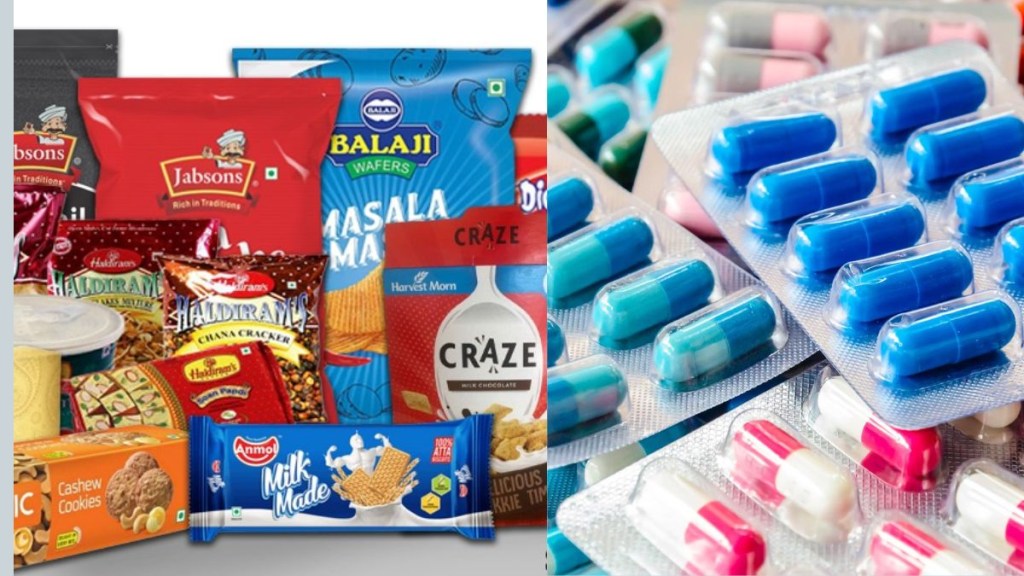When the central government introduced GST reforms 2.0 on September 20, it was expected to be a game-changer for the Indian economy.
The revised tax structure, with rates slashed to 5% and 18%, was supposed to lower prices and offer much-needed relief to consumers.
For sectors with heavy youth involvement, such as automobiles, education, healthcare, food processing, and technology, the hope was that this would help drive down costs, enhance competitiveness, and boost innovation.
However, a recent survey by LocalCircles tells a different story. The survey reveals that the benefits of the new GST rates are not reaching consumers as intended.
The survey received over 74,000 responses from consumers located in 341 districts of India with 64% men respondents and 36% women respondents. Let us take a look at the findings:
Packaged foods and medicines
For many consumers, one of the most anticipated outcomes of GST 2.0 was lower prices on everyday essentials. However, the survey found that this has not materialised in the case of packaged foods and medicines.
Out of the respondents, only 10% reported receiving the full benefit of the GST rate reduction on packaged foods, while 21% saw some relief.
An overwhelming 47% said there was no price reduction at all, showing a significant gap between expectations and reality. The situation was similar for medicines, just 10% of buyers confirmed receiving the full benefit, and 24% saw partial relief. The majority of consumers over 60% paid the same price as before.
When the data is compared between the first and second week of the new GST rates, there has been some improvement. The percentage of consumers who reported receiving full or partial benefit on packaged food products rose by 80%, with a 300% jump in those who got the full benefit.
Similarly, in the case of medicines, there was a 76% increase in consumers who received either full or partial benefits. However, the changes are still far from the sweeping reductions that were promised.
Electronics and Appliances
Electronics, white goods, and appliances saw a slightly better response than essentials like food and medicine.34% of consumers confirmed receiving the full GST reduction on these products, and 33% received partial benefits.
However, compared to the first week after the reforms, there was a slight 15% drop in the number of consumers reporting full or partial benefits, with 10% fewer people confirming they got the full benefit.
Vehicles
The one category where the GST reforms appear to have worked as intended is in the automobile sector. Around 76% of car buyers reported receiving the full benefit of the lower GST rates, and another 24% received partial benefits.
This stands in sharp contrast to the other categories, where the benefits were minimal.
\While vehicles are a major purchase and GST reductions here can make a significant difference, it is worth noting that even in this sector, there was a 24% drop in the number of consumers who reported getting full or partial benefits in the second week, compared to the first.

